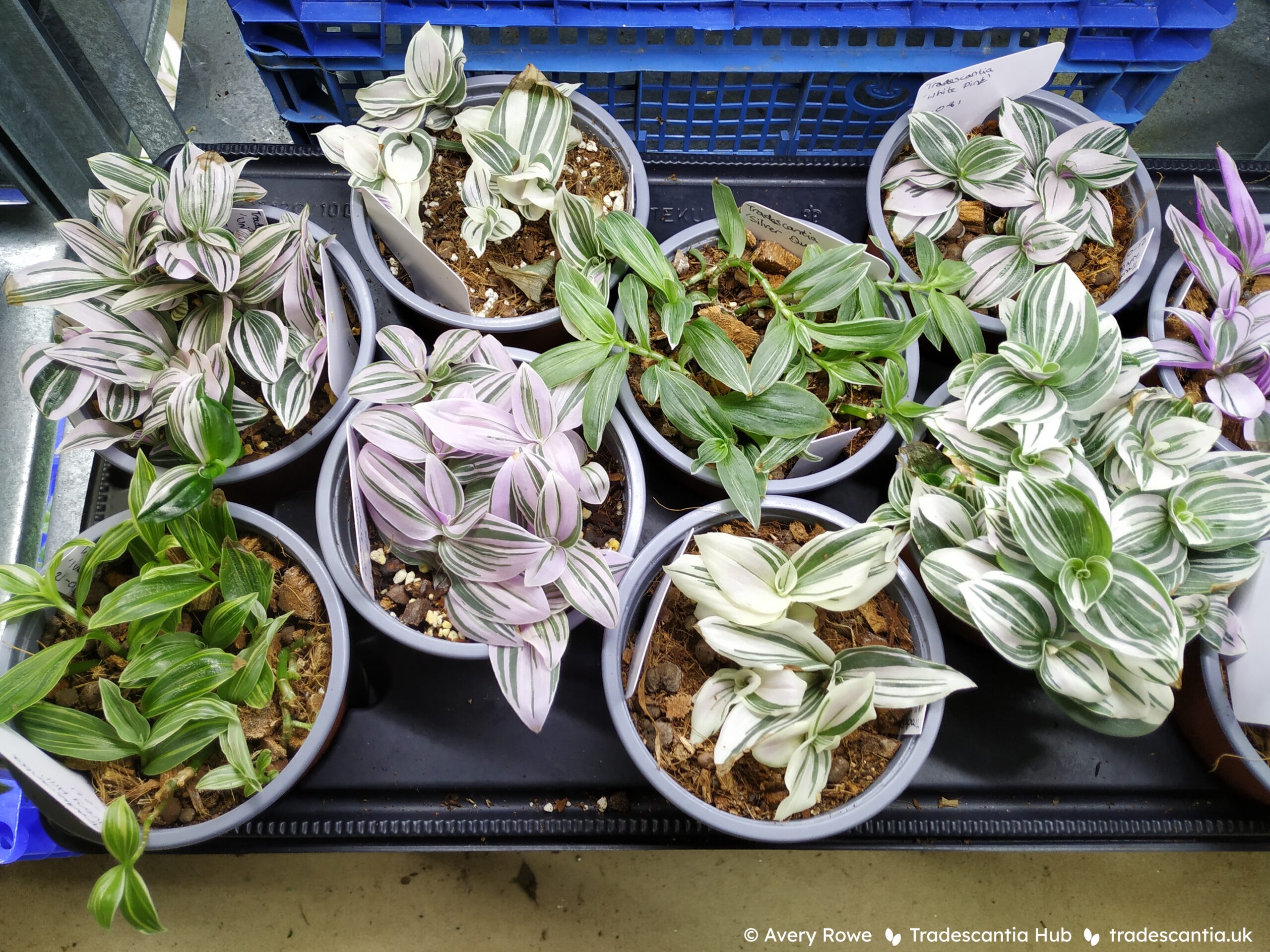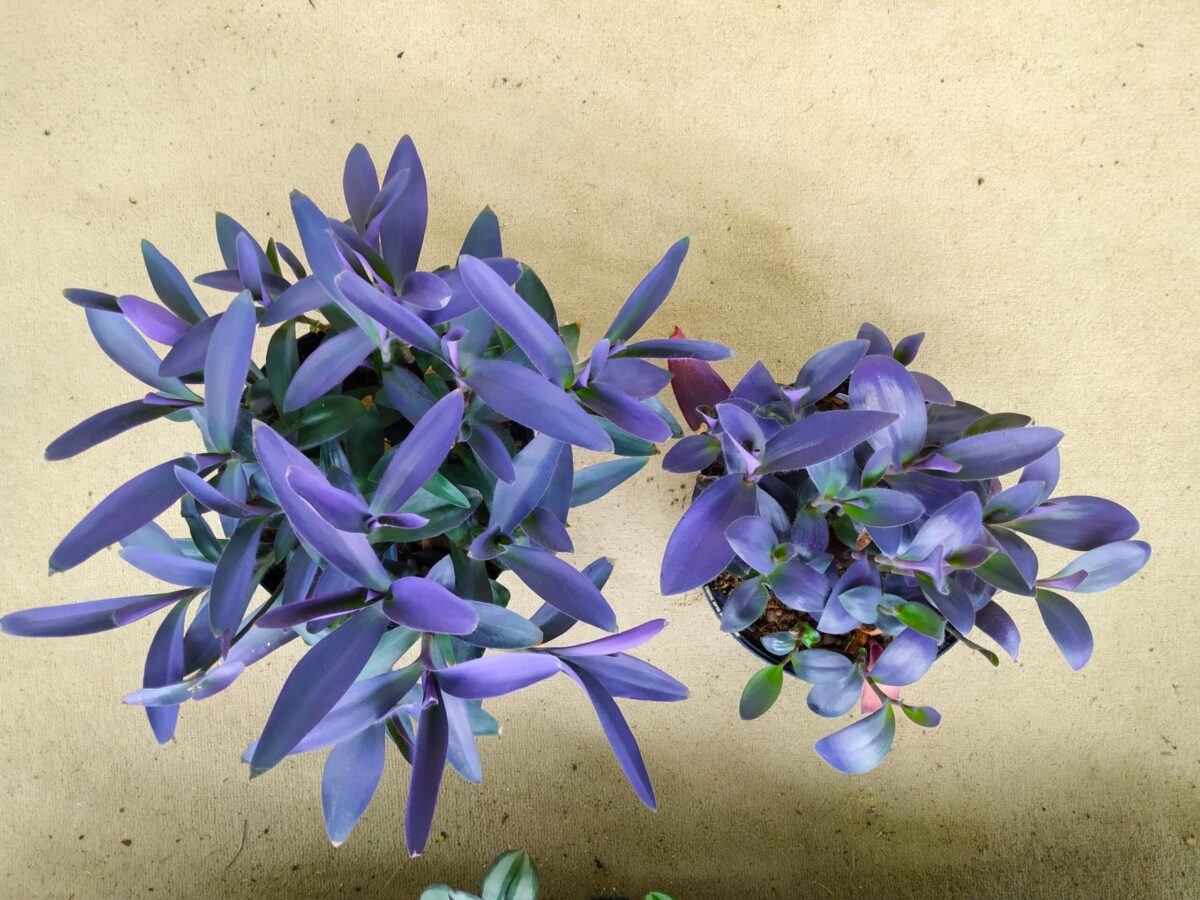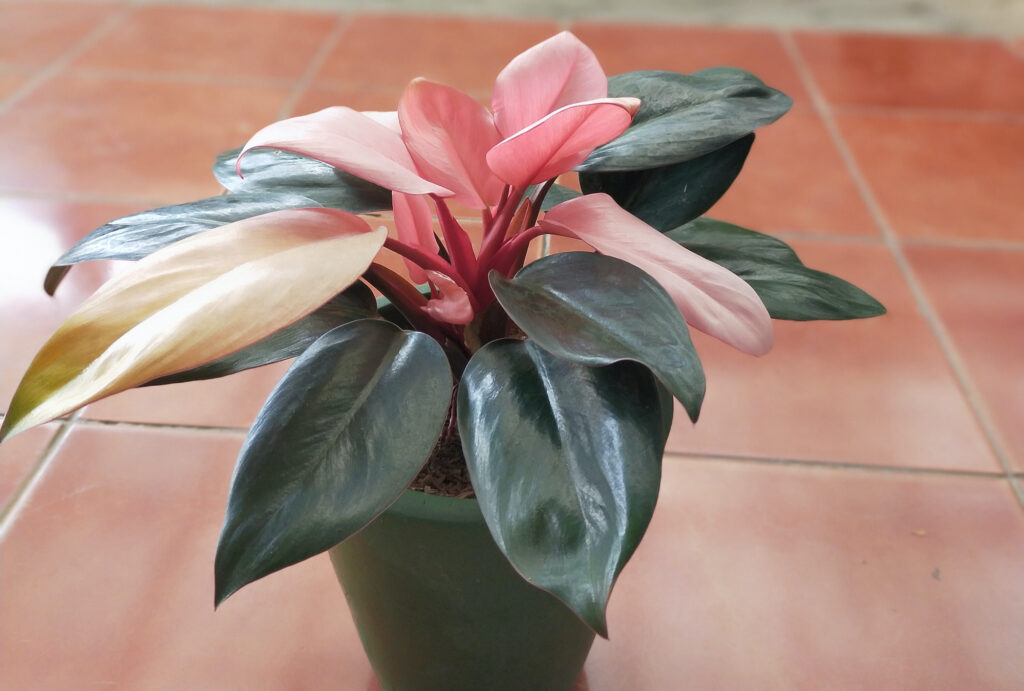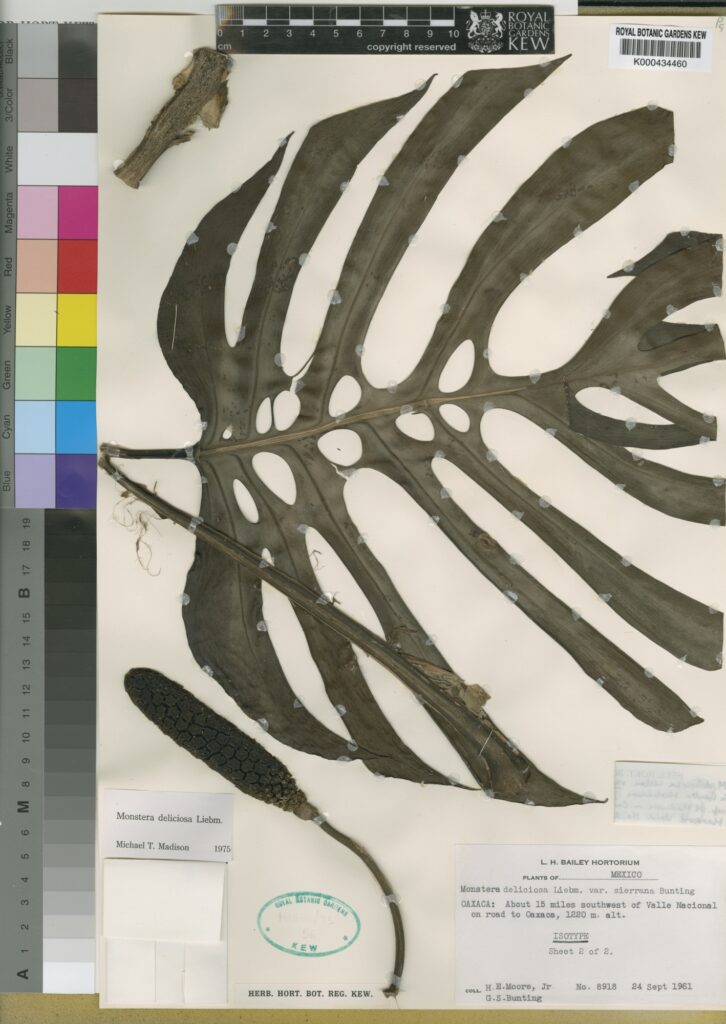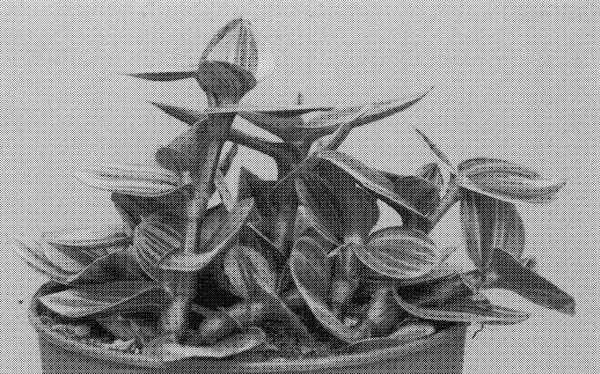Throughout history this name has been used in many different ways. There’s a lot of confusion and uncertainty over what plants it really refers to, or whether it should be used at all. This article will explain some of the history, the ways it’s currently used, and what’s scientifically accepted today.
Articles
In the world of cultivated tradescantias, there are some plants which people refer to as “wild type”. This is a pretty ambiguous term that doesn’t do much to help identify plants – the best approach in these cases is to use cultivar names instead.
You might have noticed some ‘Purple Heart’ plants look different to others. That’s because there are actually two different types!
Sometimes this plant is labelled as Tradescantia × andersoniana ‘Blushing Bride’, and sometimes it’s labelled as Tradescantia fluminensis ‘Maiden’s Blush’. But these names actually refer to two completely different cultivars!
This article is a plain english rewrite of the ninth edition of the International Code of Nomenclature for Cultivated Plants (ICNCP), which is the set of rules about how cultivated plants are named. Because it’s simplified, some information has been left out. This version is aimed at people who are naming new plants, or who […]
This is a topic that causes a lot of confusion, so I wrote this summary on correct and incorrect names in Commelinaceae!
If you’ve been interested in houseplants for more than a year or two, you probably already know the original “Pink Congo” story. A few years ago, a new plant called Philodendron “Pink Congo” came onto the scene. Its lower leaves are dark green, but the new leaves at the top are bright pink. It quickly became a wild hit among tropical plant enthusiasts and prices skyrocketed.
Plant names can be complicated. It seems like it should be easy enough to refer to a plant and have another person know what you’re talking about. But as soon as you get into plant-related conversations you quickly end up in a tangle of Latin, confusion, and even misinformation.
Like any popular conversation topic in the age of the internet, Monstera deliciosa has attracted its share of controversy and misinformation. In this article I’ll address one particular discussion that pops up regularly: the identity of Monstera borsigiana.
Tradescantia ‘Nanouk’ and Tradescantia ‘Lilac’ are particularly trendy cultivars with thick stems and tough, pink-striped leaves. But there’s a lot of controversy and arguments about the plants’ status and identity. ‘Nanouk’ is often described as stolen, fraudulent, or a scam. People say that ‘Nanouk’ doesn’t truly exist, and is just ‘Lilac’ disguised with plant growth regulators.

